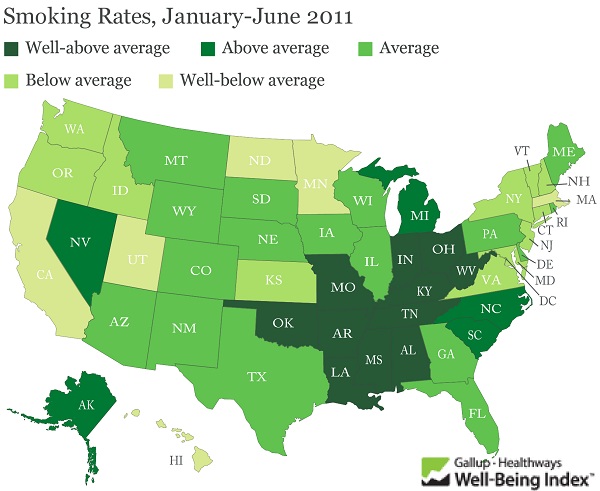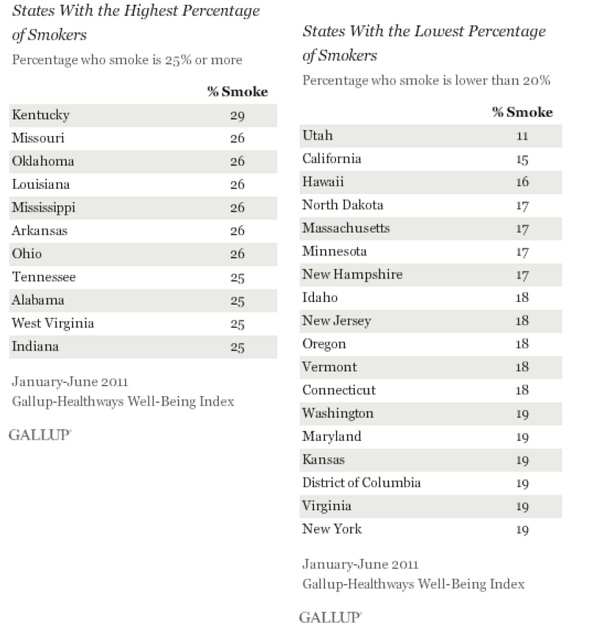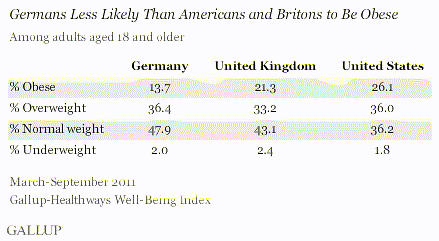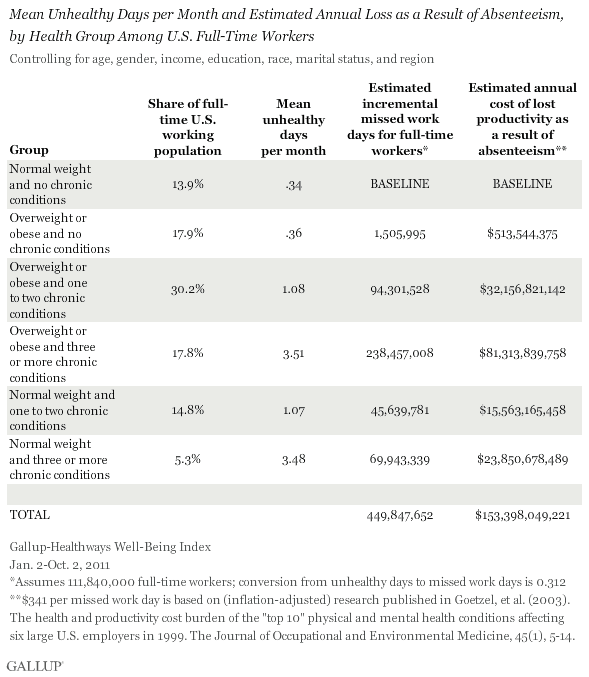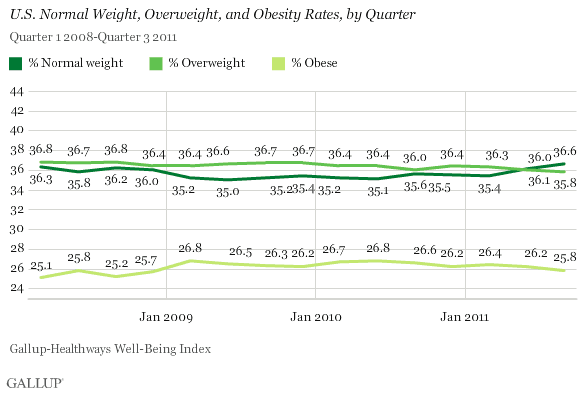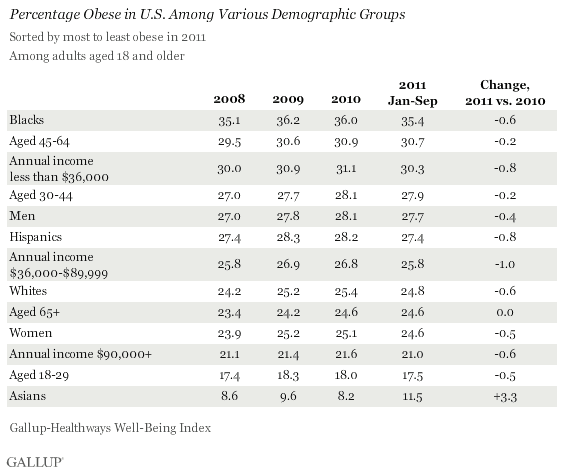Poll Watch: American’s Weight Up Almost 20 Pounds Since 1990
Posted on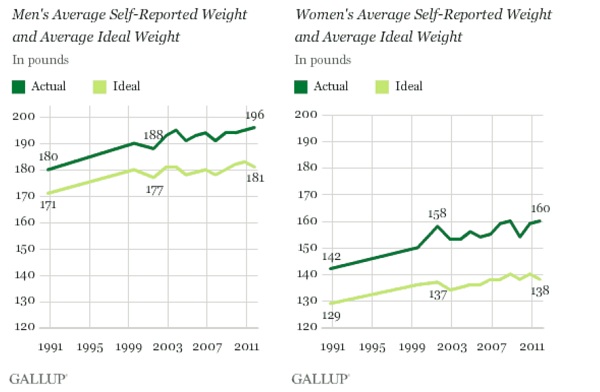
American men, on average, say they weigh 196 pounds and women say they weigh 160 pounds. Both figures are nearly 20 pounds higher than the average that men and women reported in 1990. As Americans’ actual weight has increased, so has their ideal weight.
Today, men on average say their ideal weight is 181 pounds and women say 138 pounds.
Men’s and women’s perceptions of their own ideal weight have generally increased over the same period that their self-reported actual weight has increased, although to a somewhat smaller degree. This means that not only do men and women report that they weigh more today versus 20 years ago, but they are also getting further away from their ideal weight.
Comparing the self-reports of actual and ideal weights, the average man weighs 15 pounds more than his ideal today, compared with 9 pounds in 1990. The average woman weighs 22 pounds more than her ideal today, compared with 13 pounds in 1990. The current figures for men and women are the highest Gallup has measured to date.
These results are based on Gallup’s annual Health and Healthcare survey, conducted Nov. 3-6. Gallup has asked Americans to say how much they weigh yearly since 2001 and in 1990 and 1999.
Subtracting men’s and women’s average self-reported weight from their average ideal weight reveals that 64% of men and 68% of women are currently over their ideal weight.
Certainly, not a good trend.
Not only are Americans more overweight and obese, they are in denial about it.
By the way, my weight has edged down another two pounds and I will be resetting my goals to reflect this study.


